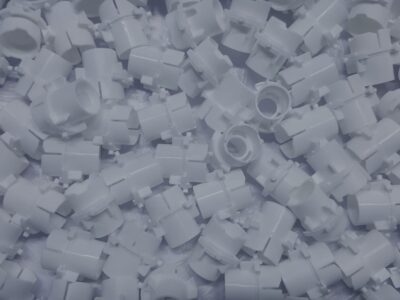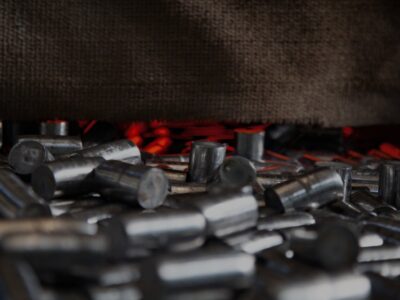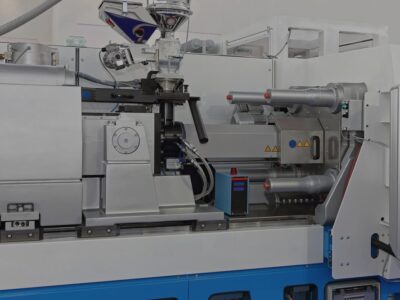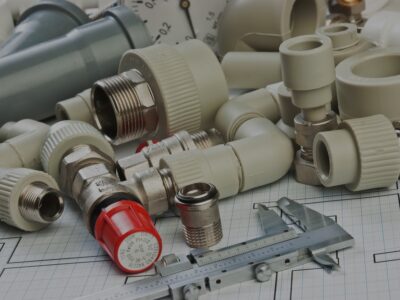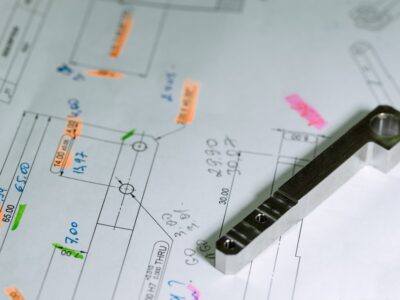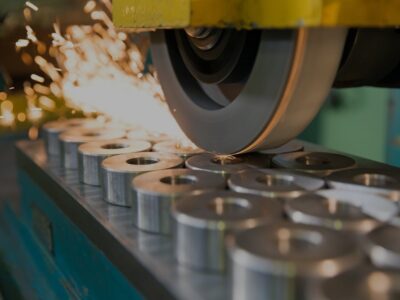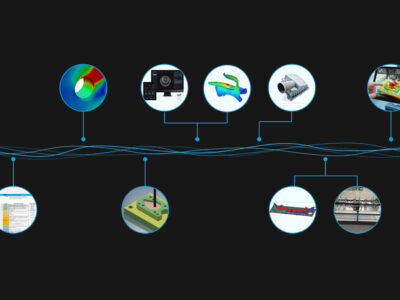Originally published on fastradius.com on February 8, 2021
When product teams need large numbers of plastic parts produced cost-effectively, they will likely consider whether injection molding is a viable option. Injection mold tooling requires a significant initial investment, but the durability and lifespan of the molds can dramatically lower the per-unit cost of production.
While injection molding is among the most popular and reliable methods for manufacturing plastic parts, it may not be the ideal process for certain jobs. Thankfully, plastic components can be manufactured via a number of methods, including CNC machining, a process offering a suite of unique advantages.
When deciding between CNC machining vs. injection molding, there may not be a clear right or wrong choice. Product teams should assess the respective advantages and limitations of each process against specific project requirements like cost, design, and engineering requirements. Here’s where to start.
Key Considerations for CNC Machining vs. Injection Molding
The plastic injection molding process involves heating pellets of thermoplastic resin, injecting the molten material into a hardened steel mold through a pressurized nozzle, ejecting the part once it has cooled, and repeating.
In contrast, CNC machining is a subtractive process that uses cutting tools and high-speed rotation to create parts by removing material from a larger workpiece. Because these two manufacturing methods take extremely different approaches to how the part is actually formed, each option comes with its own set of advantages and considerations.
Production Runs
One key contributing factor is the size of the production run. Though exceptions exist, injection molding is typically only economically feasible when parts are produced in high volumes because the steel and aluminum molds used in the process can be incredibly expensive and time-consuming to manufacture, depending on the complexity of the design.
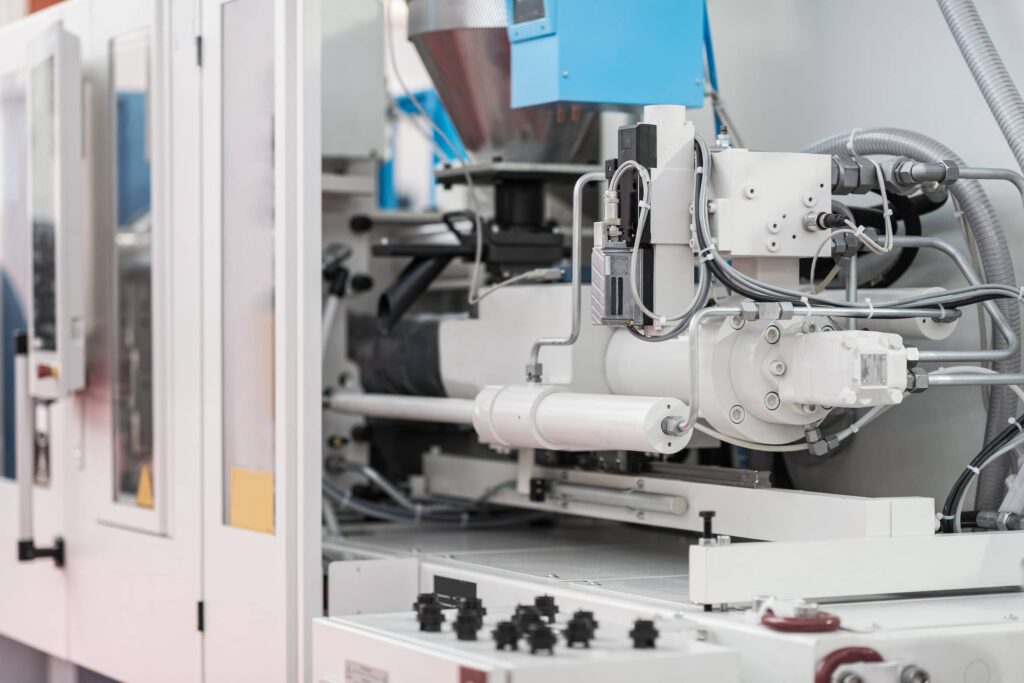
The durability and lifespan of the mold allow for thousands to millions of parts to be produced rapidly, which dramatically reduces the unit cost of plastic injection-molded parts after tooling has been finalized. Increasing the production volume doesn’t significantly affect unit cost for machined parts, so if part volumes are expected to be high, injection molding might be worth considering. Machining is much more expensive on a per-unit basis than plastic injection molding, but without the mold tooling to consider, the process can be used to create smaller quantities of parts on shorter timelines.
Design
Part design introduces another set of considerations that can swing a team’s decision one way or the other. Sharp internal corners, for example, are extremely difficult to achieve with CNC machining unless specialized workarounds are employed, whereas injection molding can generally accommodate these design elements seamlessly.
However, if teams anticipate that a part’s design might change or be updated soon, machining might be the better option, as custom plastic injection molding costs can reach tens to hundreds of thousands of dollars per mold. What’s more, CNC machining allows for fairly easy design adaptations and changes, whereas modifications to injection molding designs are generally costly and time-consuming.
Material
Part material must also be taken into consideration, as each process is suited to different types of materials. While many thermoplastics, thermosets, and flexible materials like rubbers and elastomers are ideal for injection molding, CNC machining can lose precision on softer materials. On the other hand, many harder, high-performance plastics can only be machined.
Tolerances
The precision and tolerances of a part are another factor. Tolerances, or the amount of acceptable physical variation within viable parts, help ensure that end-use parts fit together and function as intended. Injection molds are typically tooled to standard tolerances of 0.005”, whereas CNC machining tools are able to cut workpieces with extremely precise 0.001” tolerances. However, machining molds with extremely tight tolerances quickly becomes expensive, which drives up plastic injection molding costs, so in many cases, machining the parts directly may be more efficient.
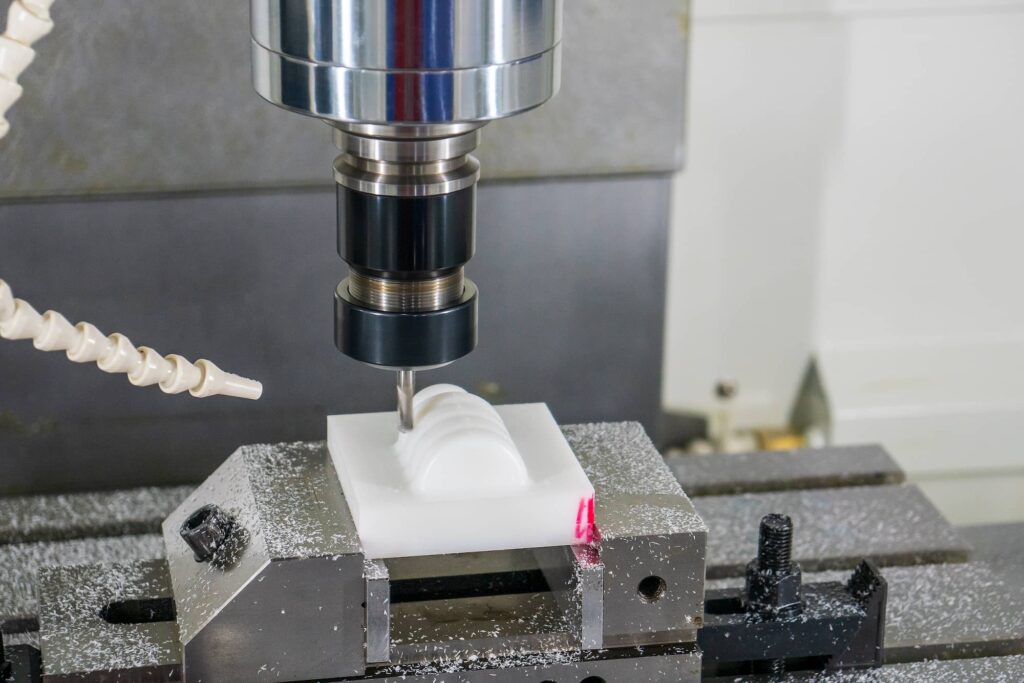
Surface Finish
When it comes to the surface finish of a part, injection molding uses ejector pins to forcibly remove the cooled part, which can leave slight cosmetic imperfections on the product’s surface. This may not matter for some applications, but if product teams require perfectly smooth finishes, CNC machining may be the ideal choice for plastic parts.
Get an Expert Opinion on Production Design
Injection molding and CNC machining each offer product teams a range of respective strengths and pitfalls. Design variation is typically difficult to achieve economically via injection molding, whereas custom CNC plastic parts can be manufactured quickly, in smaller numbers, and from specialty materials.
It’s worth noting that in some cases, the two processes can be used in tandem. If a part application includes a stock component that will also need to be offered with additional or alternate features (as might be the case with upgraded automotive options), one technique for minimizing mold tooling expenses is to machine the baseline mold, produce as many of the baseline part as required, then re-machine the mold to include the additional features. Re-machining the existing mold is more cost effective than creating an entirely new mold, and molding inserts can easily be employed to modify part design as needed.
Strategies like these are just one example of the expertise that SyBridge brings to the table. We provide flexible, on-demand digital manufacturing services and capabilities to each of our projects, always keeping our eye on improving efficiency, increasing quality, and passing the savings directly onto our customers. Contact us today to discover how.

